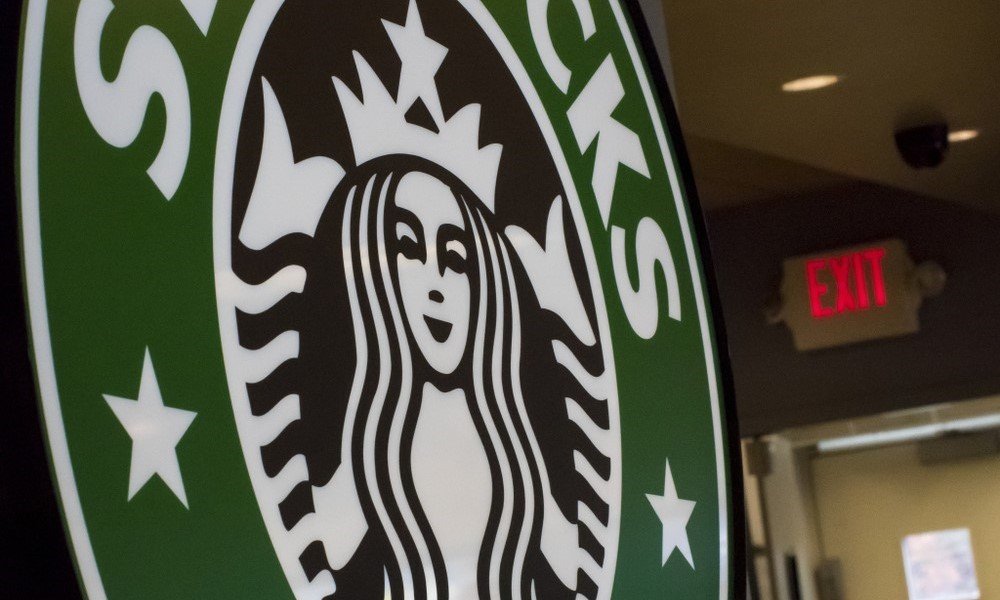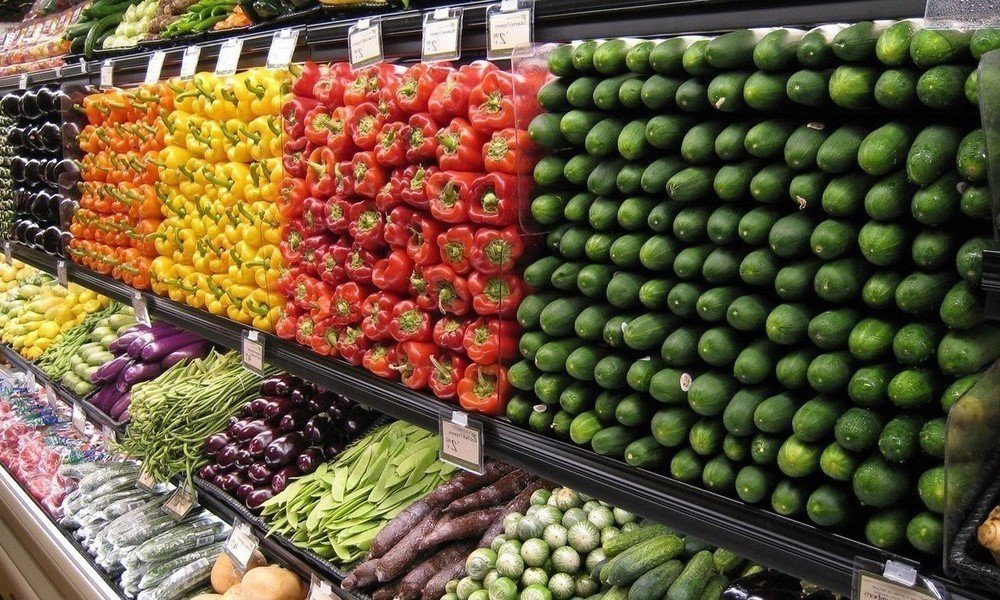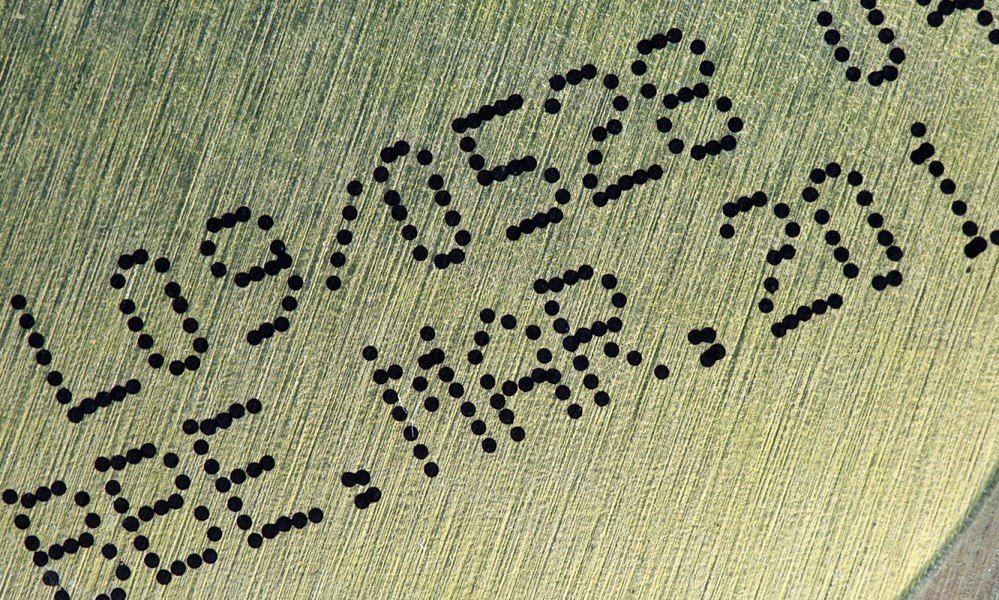Contrary to popular belief, most food expiration dates are made up, and experts say about $165 billion worth of food is wasted every year because of false expiration dates.
People waste such large volumes of food out of health concerns, but only because they are ignorant about the real meaning of the labels they see on food packages.
According to the National Resource Defense Council (USDA), the ‘sell by’ dates stated on food items do not indicate when they will last or whether or not they are safe for human consumption. The only thing they indicate are when the food will reach its limits for optimal quality.
More specifically, the ‘sell-by’ and ‘best before’ date labeled on food refer to their best taste and quality, while the ‘Use by’ indicates their last day of top quality and not necessarily when they are unsafe to eat.
Infant formulas are one of the few food items that are exempted, however, with the USDA advising parents to follow the food labels, especially the ‘use by’ date indicated, since babies are very delicate.
While most foods are still good for consumption even after their written dates, the department clarified that consumers can still get sick from other factors. Improper handling and preparation of foods can cause harmful bacteria to develop, and the USDA states:
“Foodborne bacteria can grow, and if pathogens are present, cause foodborne illness – before or after the date on the package.”
The guys at Still Tasty provide helpful information about when to dispose different kinds of household goods. But whenever in doubt, especially when the food smells or taste funny, it’s probably best to throw it out.
So, are you one of the millions of people around the world who don’t hesitate to throw out food once the labeled expiration date is reached? Are you likely to change your ways after reading this article? Let us know in the comments below.















